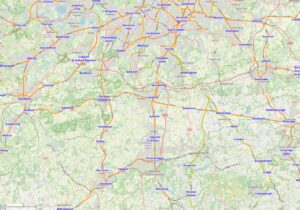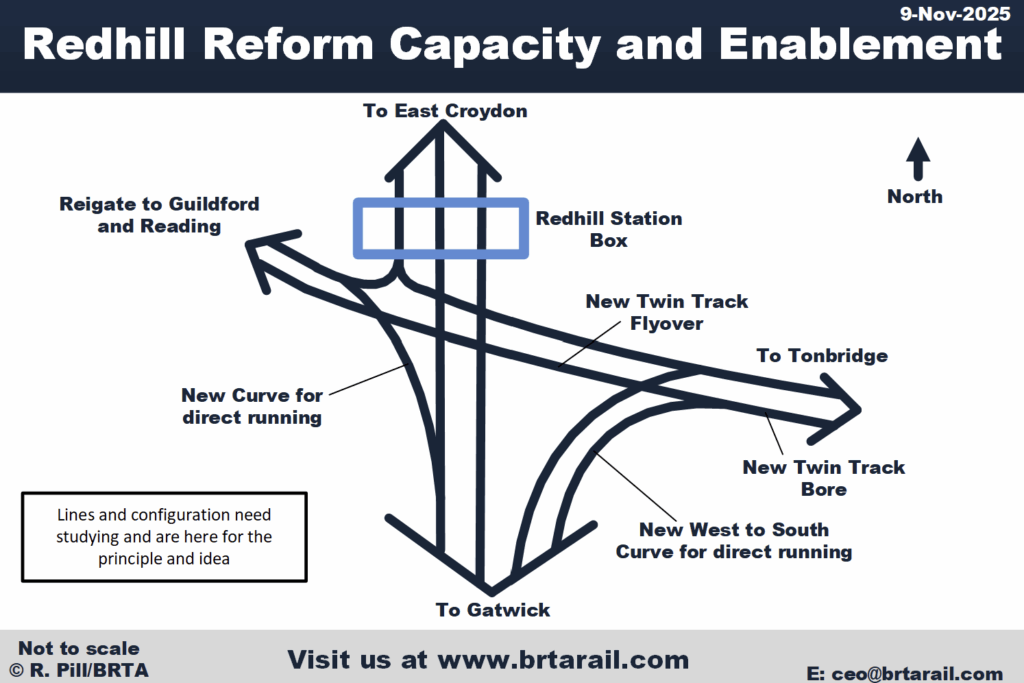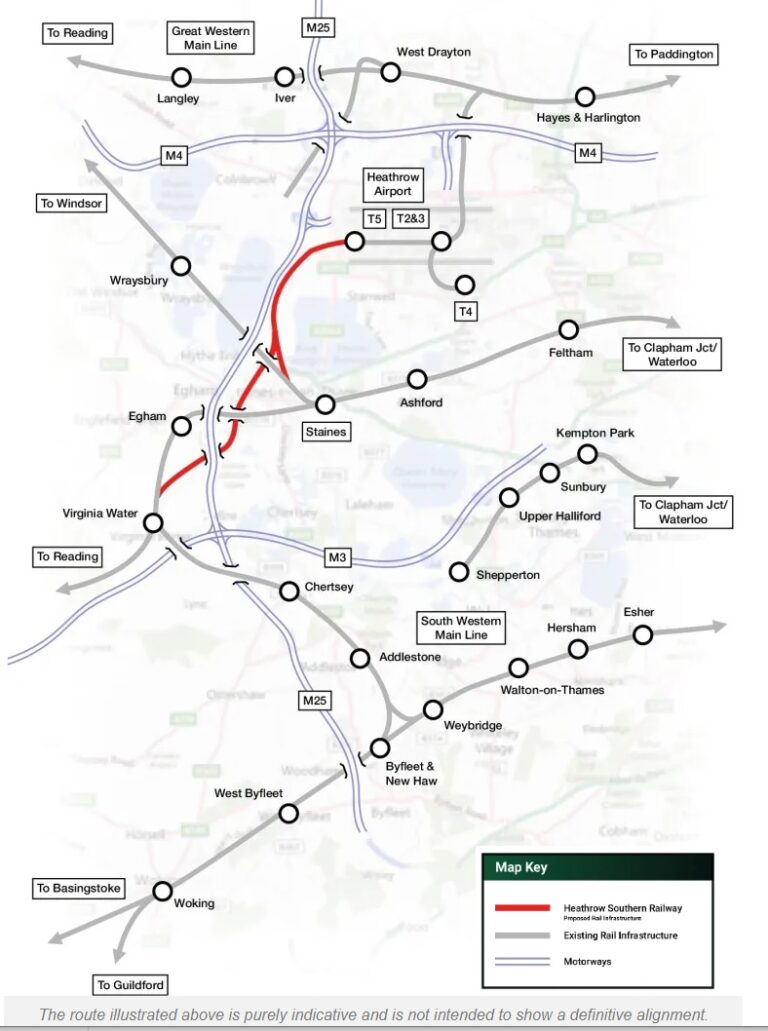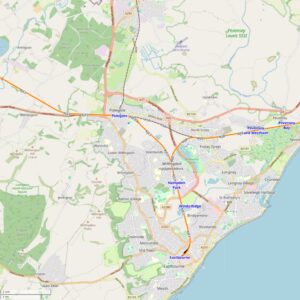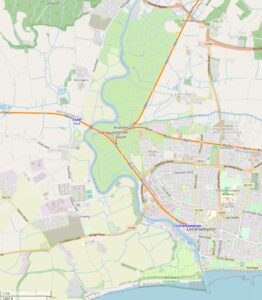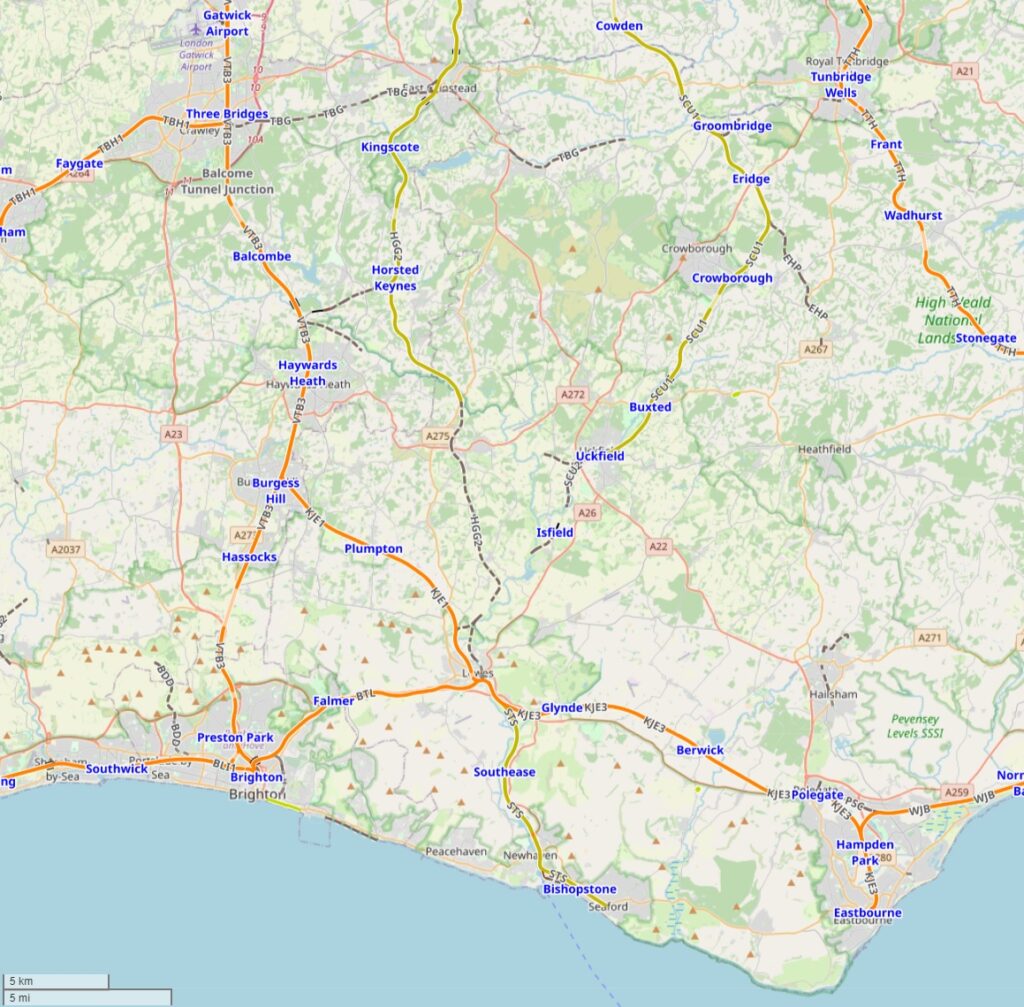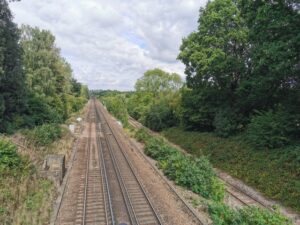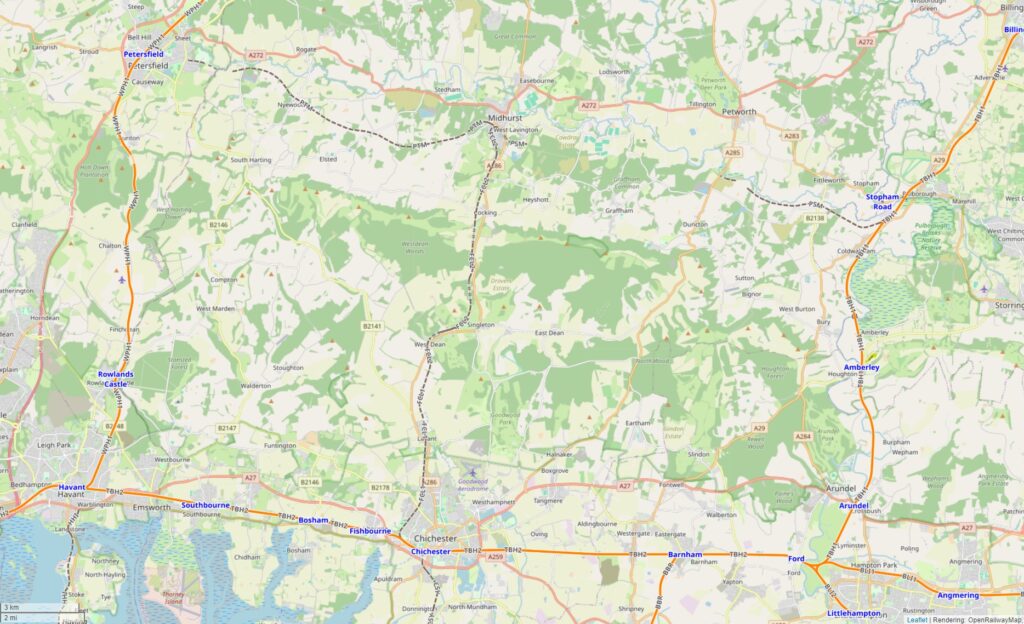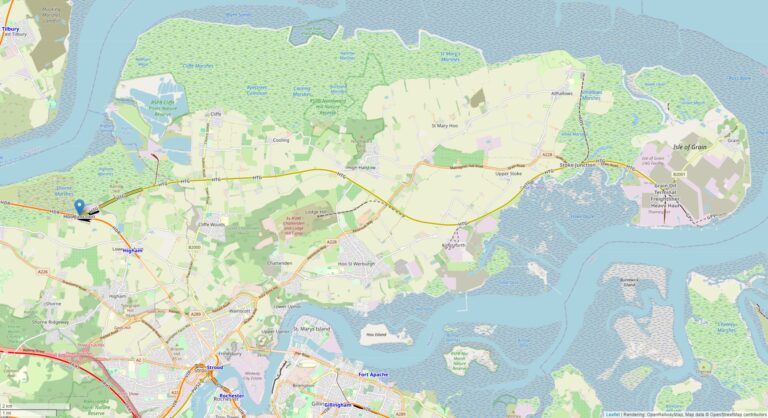South East England BRTA Study
BRTA’s overview of rail reopenings, capacity enhancements and new stations in the region.
Here we’re focussing on South East England connections. Hampshire, West and East Sussex, Kent and Surrey and into the capital.
Regenerating local economic growth
Reconnecting communities, enhancing accessibility and inclusion
Reducing road congestion and pollution, improving our environment
promoting quality of life and health
Guildford – Cranleigh – Horsham
Horsham – Shoreham-by-Sea
Lying dormant since the 60s, these Surrey and West Sussex rail corridors could provide important new links between Reading, Heathrow and West London to the South Coast.
The 25km Guildford – Horsham “Cranleigh” line and the 32km “Steyning” route on to Shoreham-by-Sea offer a huge opportunity to relink many communities to the rail network and provide a new artery for freight by rail.
BRTA is calling for full corridor route protection and realignment spaces where any blockages exist. This may involve a bypass of built environments and new parkway-style stations in some cases at Horsham and Shoreham.
A detailed study into the business case, necessary engineering, cost, environmental benefits / impact must now be made.
We are pressing councils, public agencies and other tiers of power to see the strategic gains the rebuilt railway offers, notably regeneration on the South Coast. We’re campaigning to enable port rail service from Shoreham-by-Sea, providing sustainable expansion and bringing jobs and new trade.
Redhill Reform
BRTA’s vision for a junction overhaul and modernisation at Redhill includes direct curves from both the Tonbridge and Guildford lines (North Downs Line) south to Gatwick.
A study into a new flyover at Redhill linking Tonbridge and Guildford lines ought to be made, for both passenger and freight services, including those from Kent and the Channel Tunnel.
Electrification of routes from both Guildford and Tonbridge is long overdue and could result in Thameslink trains from East Croydon running to Guildford and possibly on to Reading.
Heathrow Southern Railway
We support the Heathrow Rail initiative to enhance service from London and Heathrow into Surrey and Hampshire. The proposed new railway will make direct services possible between London Waterloo, Clapham Junction and Heathrow via Staines without hindrance.
Our view is that the scheme should also be extended to Old Oak Common and a tunnel to join with the Chiltern main line. Fun fact: there is an empty railway station under Heathrow Terminal 5 that was built but never fitted out. An opportunity? We also see this forming a Reading – Heathrow link (via Guildford and Woking) with direct Brighton services too.
Stated aims of Heathrow Rail:
- Fast, frequent direct trains from Surrey and Hampshire to Heathrow.
- Direct trains to Heathrow from stations in the Boroughs of Spelthorne, Hounslow, Richmond, Wandsworth and Lambeth including Waterloo and Clapham Junction for connections to South London, Sussex, and Kent.
- Direct trains from Surrey and Hampshire to Paddington, creating an alternative London terminal to Waterloo for commuters with excellent connections to the West End, the City, and Docklands via the Elizabeth Line.
- Direct trains from Surrey and Hampshire to Old Oak Common, providing a direct connection to HS2. There are also plans for 23,500 new homes and 65,000 new jobs around the new HS2 station.
- Elizabeth Line trains serving Staines-upon-Thames, providing a frequent service to Heathrow and destinations east of the Airport including the West End, the City and Docklands.
- Crowding relief to the South Western mainline and the London Underground network at Waterloo.
Possible direct access to Heathrow from Southampton, Portsmouth, Bournemouth, Reading, Bracknell, and Wokingham.
Polegate – Stone Cross
Reinstatement of the short but crucial junction line just outside Polegate and Eastbourne, lost in 1969, would allow through Brighton to Ashford and Hastings rail services, saving 20 minutes off end-to-end rail timings avoiding reversal at Eastbourne.
In addition, links would be improved with the wider Kent area and the Channel Tunnel and it would provide more capacity into Eastbourne. Other possible benefits to freight (including Channel Tunnel, Newhaven, Shoreham, Portsmouth, Southampton) must be considered here.
Lower Thames River Crossing
Seriously? More roads?
BRTA calls for the government funded £9 billion road crossing to be made a rail solution instead.
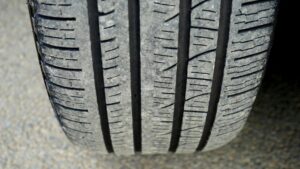
Lewes – Uckfield
Tunbridge Wells – Eridge
We support plans and efforts by Lewes Rail Users Group to rebuild the Lewes to Uckfield line and connect it to the Lewes – London line. Along with restoration of connections to Tunbridge Wells (known as the Wealden Line) it would give useful rail connections back to a large area of East Sussex.
The project, supported by the Wealden Line Campaign involves significant infrastructure work, including raising the A22 bypass, building the formation to modern standards, and installing new track.
The goal is to allow for frequent train services between Uckfield and Lewes/Brighton. Both commuters and leisure travellers would be attracted to rail with a modal shift away from unsustainable car transport.
Eridge – Polegate (Cuckoo Line)
and East Grinstead – Three Bridges
Both of these East Sussex routes are on the Campaign for Better Transport’s list of rail lines and stations that have been suggested for reopening by campaign groups and visitors to their website. We strongly echo their support.
In January 2019, Campaign for Better Transport released a report identifying the Cuckoo Line was listed as Priority 2 for reopening, which is for those lines which require further development or a change in circumstances (such as housing developments).
The East Grinstead – Three Bridges line has been suggested as a means of relieving the A264 road. In 1979 West Sussex County Council created the Worth Way linear Country Park using that route which has been incorporated into Sustrans’ National Cycle Route.
BRTA is calling for a comprehensive study looking at the feasibility of reopening and an audit to identify the problems and blockages and their solutions. Does the greater good and benefit of reopening the line outweigh the challenges or cost?
Research into demand and the business-case must be carried out, including a survey on public interest. BRTA is aware of a lot of new development across the South East which will soon exceed the existing rail capacity, turning more to road choices.
More lines and routing options have a key role and should not be compromised any further. Work towards reopening where possible to modern rail standards is essential for a sustainable future.
Brighton Main Line 2
There is no doubt that the East Croydon-London Bridge corridor passenger demand will continue to grow. We encourage all to consider the next 50 years and beyond – a sustainable, high capacity rail future.
Some years ago Network Rail first floated the concept for an additional tunnelled route out of London via Lewisham, Canary Wharf and Stratford, avoiding London Bridge. This would link to the Tunbridge Wells – Eridge route (including spurs at Edenbridge) and could include restored Purley – Elmers End rails, a corridor currently used by the London tram network.
Think big. Think long term. Think low-carbon. Think BML2.
Pulborough – Petersfield and Midhurst – Chichester
There’s rich opportunity for enhanced rail connections through the South Downs with this initiative.
Passenger services were withdrawn on the Petersfield – Pulborough axis in 1955, excluding the towns of Midhurst and Petworth from the rail network.
The Chichester – Midhurst route was withdrawn in 1935 although a freight stub continued serving gravel extraction at Lavant revived the southern part of the line, continuing until 1991.
The routes, rural in nature, have formed the Centurion Way Railway Path, a 5.5-mile-long cycling / walking pathway on part of the Midhurst – Chichester railway section from Chichester to West Dean.
The Chichester – Midhurst section has been suggested by Campaign for Better Transport.
Hoo Junction – Isle of Grain (Hundred of Hoo Railway)
Enormous potential exists to expand on an existing well used freight-only line, since passenger services were withdrawn in 1961.
In January 2019, Campaign for Better Transport identified the line was listed as Priority 2 for reopening as it would support housing development sites in the Medway Council Local Plan. Priority 2 is for those lines which require further development or a change in circumstances.
Proposals for a Thames Estuary Airport include the Isle of Grain area and the railway, given its gentle curvatures, could possibly be upgraded to support high-speed railway traffic – though this would probably involve electrification and double-tracking.
Strong potential for new housing developments to be sustainably connected to Maidstone and ultimately Tonbridge. Moreover, there is only one road on that peninsula and the existing traffic volumes are already high.
A spur from the Hundred of Hoo railway would access the spare capacity at Strood to a shared Platform 3. Let’s push it forward, together.
Canterbury Needs Curves
More journey options and operational flexibility could be enhanced with new curves to allow links between the two lines at Canterbury.
Short and relatively easily added rail connections between the London Victoria – Dover and Ashford – Kent Coast lines would unlock rail service enhancements to this popular international ecclesiastical pilgrimage centre, place of work, living and study.
Chessington South – Epsom / Leatherhead
Sustainable rides to the rides! Plus easier car-free commutes.
Every year many people visit Chessington World of Adventures, only a short distance from Chessington South station. However, the roads are clogged which affects the local quality of life. The busy centre needs an accessible halt.
A short rail extension would not be too costly – the trackbed is already there having been abandoned in the 40s.
Meanwhile there have also been housing developments in Epsom and Leatherhead and since public transport facilities are almost non-existent, rail-users need to travel by car to both Epsom and Leatherhead with related parking space needs. Extending on to Leatherhead would enable low-carbon choices.
This has also been suggested by Campaign for Better Transport.
Avoid Farnham!
We don’t have anything against the place but lines avoiding Farnham should be studied and recovered.
Where necessary new lines ought to be built for more capacity, speeding up end-to-end operations for passengers and potential freight use.
HOW TO ADD YOUR VOICE
Write in support of these reopenings to your local councillors and MP:
members.parliament.uk/members/commons
or www.writetothem.com
It’s powerful to write to your MP or councillor in your own words, telling your representative about your own beliefs and experiences and how they relate to rerailing. See below.
Join BRTA as a member to support this and other reopening campaigns
Volunteer with BRTA if you share our vision and want to help bring it about.
Donate to BRTA to help us advocate for rail links fit for the 21st century!
Think about the following questions when composing your letter to MPs / councillors:
- What journeys do you make? Work? Leisure? Appointments / visits?
What could improve the journeys you make? - Do you actively choose road over rail or bus? Why?
- Do you consider where you live to be well served by public transport?
- Do you have experience of new areas of housing and public transport?
- What are your experiences of the road journeys you make in the region?
- Have you made employment, school or relocation decisions based on journey times or access to public transport? Or on the lack of access to public transport?
- What are your thoughts on the environmental impact of your journeys?
- Do you have accessibility needs that affect journey decisions you make?
- What do you think about air pollution in your area?
- What are the most important connectivity-related issues to you? Why? Journey times? Road congestion reduction? Pollution reduction? Accessibility? Taking freight off the roads in your area? A better connected region?
- What should be done next to make relinking happen?
Our tips: - Even if your MP is not in the region, your letter provides them with an opportunity to learn about the issue and take action themselves.
- Aim for your letter to be no longer than one and a half sides of A4.
- Engage. Get your representative’s attention with a dramatic fact or short statement.
- State the problem. Present the causes of the problem you just introduced. How widespread or serious is the problem?
- Inform them about the solutions that rerailing would bring.
- Call to Action. Let them know what you want them to do about it.
- Ask for a response.



